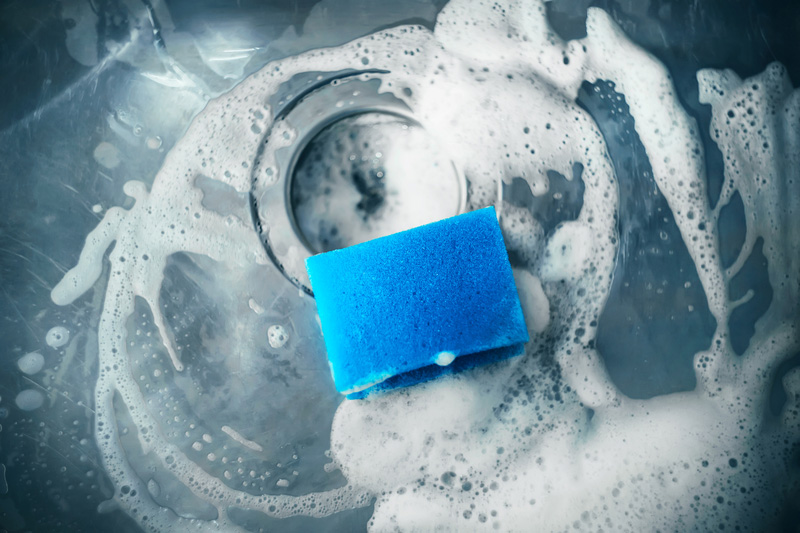GREY WATER: An environmental threat all on its own
2019, November 1: Ballast water can be a source of immeasurable damage to an ecosystem but ‘grey water’ is not to be trifled with.
 The water left behind after millions of dishes are washed, and millions of passengers take showers with a variety of soaps and gels will do serious damage when discharged into pristine aquatic systems, especially in coastal environments. It can contain grease and other contaminants found in substances such as cosmetic and bath products, residues from pharmaceuticals and topical applications, the drainage and dishwater from all the showers and galleys in all the mega cruise liners criss-crossing the Caribbean each year.
The water left behind after millions of dishes are washed, and millions of passengers take showers with a variety of soaps and gels will do serious damage when discharged into pristine aquatic systems, especially in coastal environments. It can contain grease and other contaminants found in substances such as cosmetic and bath products, residues from pharmaceuticals and topical applications, the drainage and dishwater from all the showers and galleys in all the mega cruise liners criss-crossing the Caribbean each year.
The fear of Caribbean grey water is based largely on the reality that, because each passenger could use more than 40 gallons of water per day; and, because ships have limited onboard space, especially of the volume that a ship carrying this would require, this no-long-water slew is pumped into the ocean. However, Royal Caribbean International, Nick Rose; reassured
The Telegraph’s John Honeywell (Feb 1, 2017): … ‘grey water’ from galleys, laundries and bathrooms is first mixed in carefully measured proportions with the ‘black water’ (lavatory waste) before bio-reactors deep in the bowels of the ship set to work.”
There, all the ‘nasty stuff’ is filtered out and digested by bacteria. The remaining liquid is disinfected by UV radiation (rather than with chemicals), checked for remaining contaminants, and then discharged into the sea, he said. []





